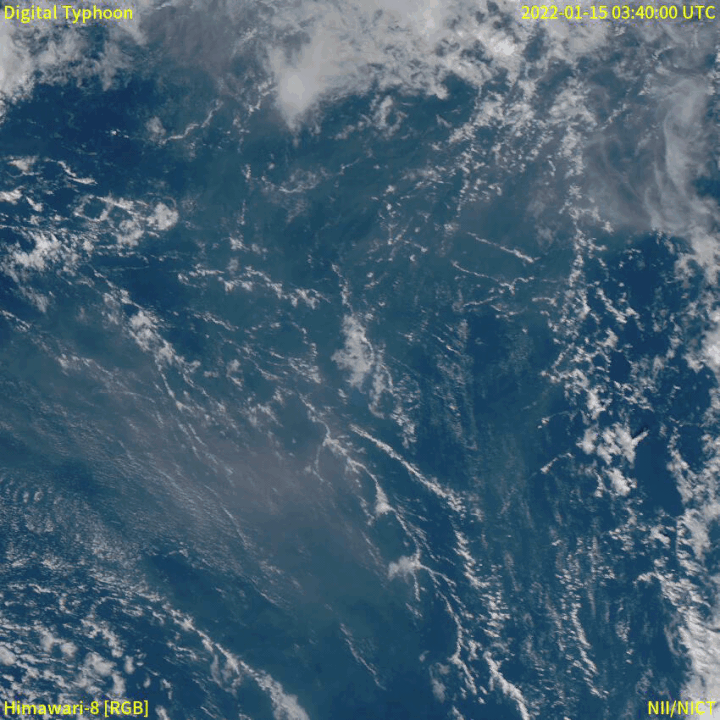
Tonga Islands: a seismic algorithm reveals the magnitude of the January 2022 eruption
On 15 January, the eruption of a submarine volcano in the Tonga archipelago destroyed 90% of the uninhabited island of Hunga Tonga Ha'apai and formed an ash plume half the size of France. It also generated an atmospheric shock wave that circled the Earth several times, and, more classically, seismic waves recorded by monitoring stations around the world. By analysing the seismic waves, two CNRS researchers1 were able to design an algorithm that can detect and locate a volcanic eruption in near real-time and, using equations that describe explosive eruptions, assess its size. Until now, such an assessment required field work and took several weeks or months, since it was necessary to estimate the volume of ash and lava produced. The authors show that the Hunga Tonga eruption ejected a volume of around 10 km3, making it the largest explosive eruption of the twenty-first century, equivalent in strength to that of the devastating eruption of Pinatubo (Philippines) in 1991. This method should make it easier to study large explosive eruptions in remote regions. Its reactivity, of the order of an hour, could help to predict the areas likely to be affected by ash, which can disrupt human activities both on the ground and in the air. The study, published on 20 April 2022 in Geophysical Research Letters, received funding from two ERC grants, Monifaults (Starting grant) and Seismaze (Advanced grant).

© Piero Poli

© Japan Meteorological Agency
- 1Working at the Institut des Sciences de la Terre (CNRS/Université Grenoble Alpes/IRD/Université Savoie Mont Blanc).
Rapid characterization of large volcanic eruptions: measuring the impulse of the Hunga Tonga explosion from teleseismic waves, Piero Poli, Nikolai Shapiro. Geophysical Research Letters, 20 April 2022. DOI: 10.1029/2022GL098123


